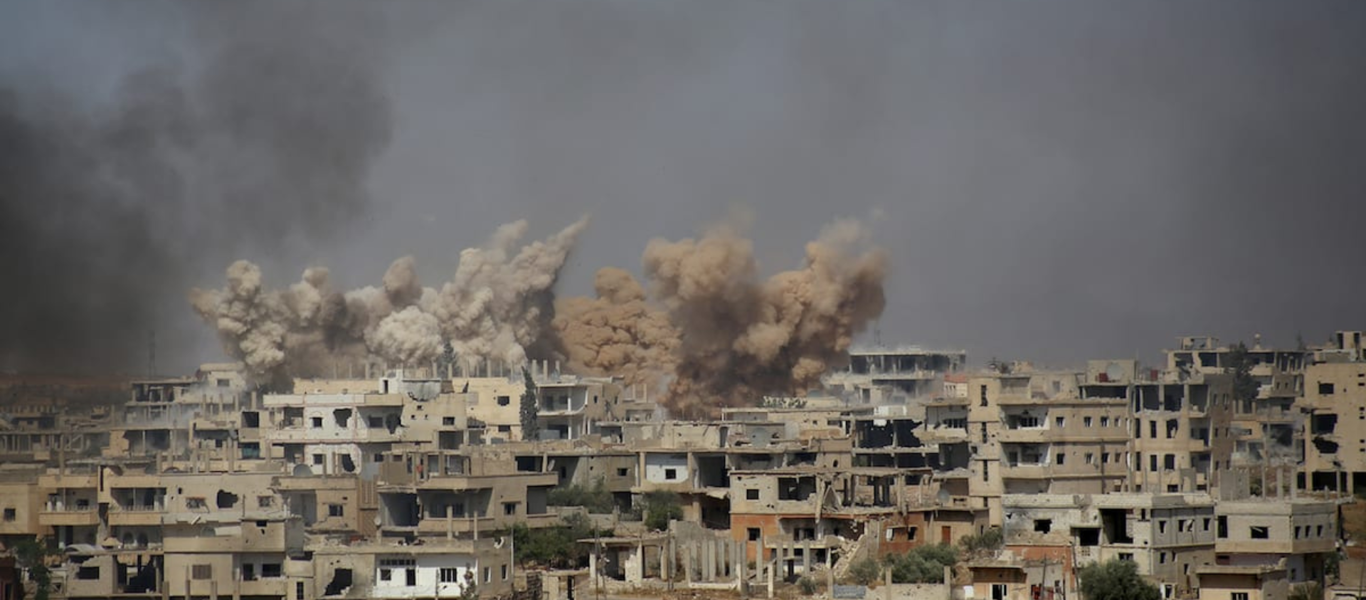
New Wave of Violence in Daraa
Civilians are paying the price for a new wave of violence in the Syrian city of Daraa following the breakdown of an agreed ceasefire.
Civilians are paying the price for a new wave of violence in the Syrian city of Daraa following the breakdown of an agreed ceasefire. The violence has caused many of Daraa’s inhabitants to flee the city, while in one particular incident last week, a child was killed and two civilians were injured.
Yet despite the deeply tragic nature of these events, they have failed to generate any meaningful coverage in the British press. At first glance, this appears very strange - violence and loss of life ought to be immensely newsworthy subjects. But in fact, there has been a steady decline in the perceived significance of the conflict in Syria for some time, leading to even the most horrific war crimes being ‘normalised’ - or in other words, accepted as a regular part of everyday life.
A YouGov survey, commissioned by Syria Relief, found that 3 in 5 (63%) people in the UK believe that attacks on civilian infrastructure are a regular occurrence, but just over half (51%) think attacks on civilians in Syria are still deemed as newsworthy. These figures demonstrate the extent to which violence in Syria has not only fallen off the press agenda, but become seen as an unavoidable reality.
Why, if there is an awareness among the public that atrocities are still occurring, is there an absence of coverage within column inches? There is not one simple explanation for this, with the answer instead lying in a complex interplay of factors.
The first of these factors is frequency. Regrettably, the sheer regularity with which war crimes occur in Syria has led to a depreciation in their news value. Daraa alone has seen a huge amount of violence since the onset of conflict in 2011, and the more violence that occurs, the less news and shock value there is.
Secondly, a key reason for the relative silence surrounding war crimes in Syria is confusion. Syria is a confusing conflict to onlookers, largely due to there being more than two sides and all sides being accused of war crimes. This makes it hugely difficult to understand the dynamics of the conflict, which in turn causes disinterest.
Insularity also plays a major role. There are substantial fears that societies - particularly in the West - are becoming more insular and introverted. This insularity is thought to reduce the public’s bandwidth for caring about foreign issues, with the notable lack of reportage on recent events in Daraa likely a response to this. Additionally, coverage of the Syrian conflict has been rife with disinformation - activists supporting military actors have campaigned to deny atrocities, casting doubt in the mind of the general public.
Reluctance, too, is a hugely significant factor in the absence of reporting on Syria. Since the 2003 Iraq War, populations have been hugely reluctant for their governments to become involved in anything which may look like ‘another country’s problem’, particularly in the Middle East. Reluctance translates into apathy, and apathy leads to Syria becoming less of a news priority.
To ensure that war crimes in Syria receive the attention they deserve, it is vital to engage as much as possible in the news that is available. By amplifying the voices of those that care, caring can become the norm.
These issues are discussed in our new report, entitled ‘A Place Where Bad Things Happen: The public’s normalisation of war crimes in the Syrian conflict’. Click the link below to read the report.

